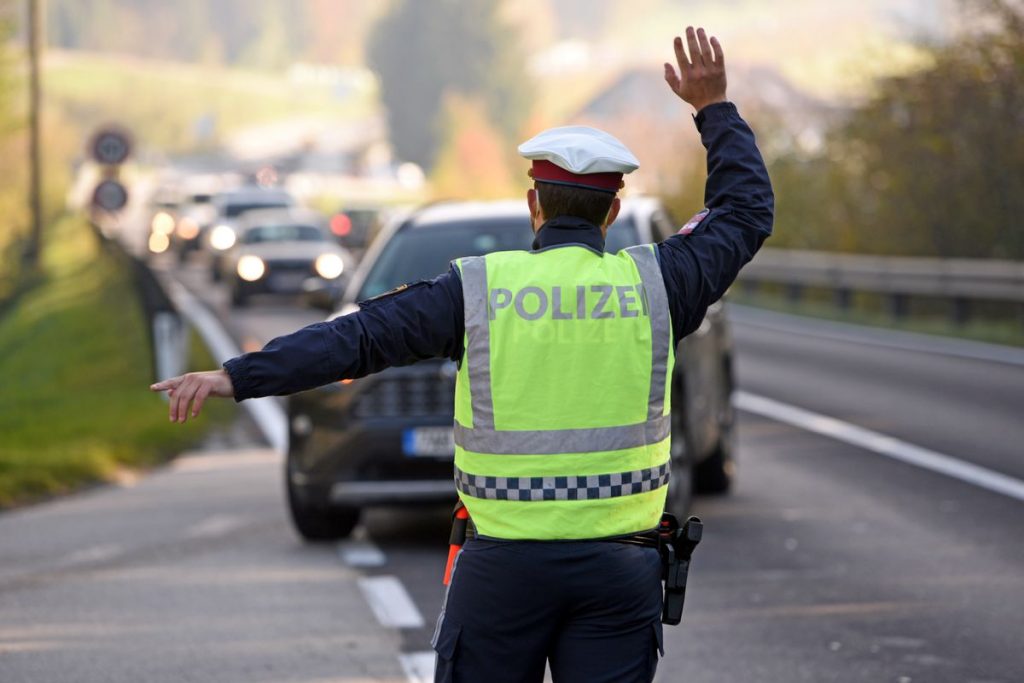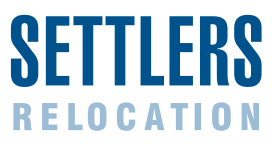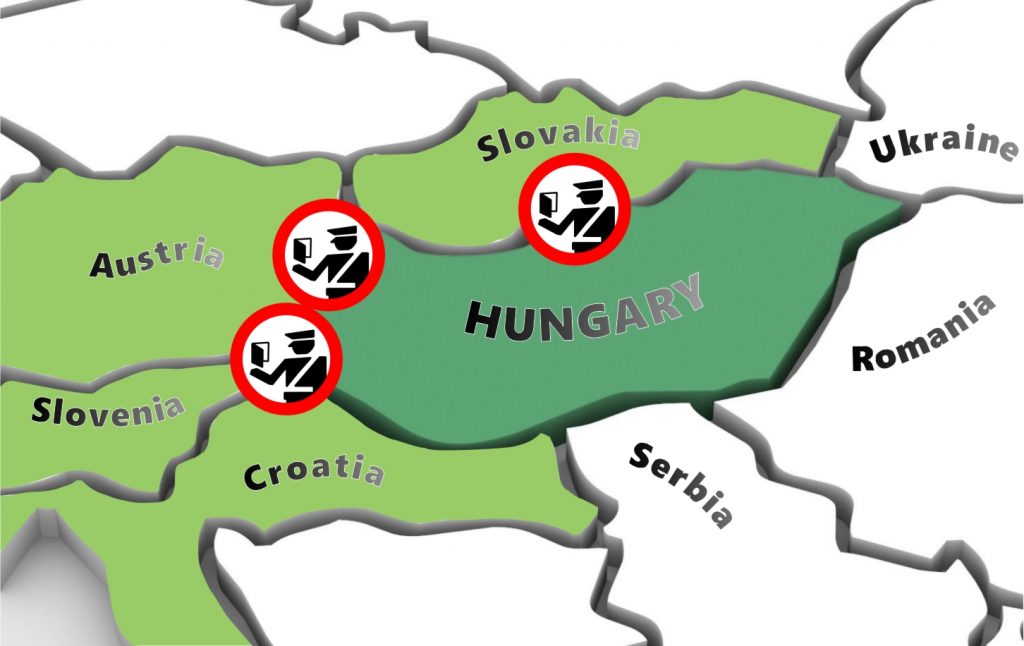Several of the countries belonging to the Schengen area and neighboring Hungary (Austria, Slovakia, Slovenia, Croatia) have reintroduced border controls in recent months. The authorities justified the measure with the need to curb illegal migration.
Background of reintroduced border control
The Schengen area is a common duty-free area of 27 EU countries. Croatia was the last to join it on January 1, 2023. Within this area, there are no restrictions on the flow of people and goods.
The Central European countries lie along the so-called Balkan migration route, a popular corridor where migrants and refugees from the Middle East, Africa and elsewhere travel in an effort to reach the European Union. In the last period the number of migrants illegally arriving via the Western Balkans route mainly through Bosnia and Herzegovina and Serbia, has increased considerably.
The Schengen Borders Code (SBC) provides Member States with the capability of temporarily reintroducing border control at the internal borders in the event of a serious threat to public policy or internal security. The reintroduction of border control at the internal borders must be applied as a last resort measure, in exceptional situations, and must respect the principle of proportionality.
Selective, random checks take place at border crossing points. Allow additional time if crossing theese borders. Keep your travel documents on hand and be prepared for potential inspections.
You can find detailed information on the temporary controls introduced at the internal borders of the Schengen member states on the relevant website of the European Union.

Austria
Border control was already restored in 2022, which according to the latest decision is valid until November 11, 2023. Controls should also be expected at the Austrian-Slovak, Austrian-Slovenian and Austrian-Czech borders.
Slovakia
Border control was reinstated on October 5, 2023 along the entire length of the Slovak-Hungarian border. The decision took place one day after the Czech Republic and Poland introduced a border control on their common borders with Slovakia.
According to the decision of the Slovak government, temporary border controls will remain in place until November 3, 2023
Slovenia
The Slovenian government has issued an ordinance temporarily reintroducing controls at the internal borders with Croatia and Hungary as of Saturday, 21 October 2023 for two months.
EU citizens can cross from Hungary at all existing road connection points, but non-EU citizens must use one of the 2 designated crossing points. On highway the designated crossing is Tornyiszentmiklós – Pince (regular higway direction), on state road Rédics – Hosszúfalu (Dolga vas). The crossing of the internal land border with Hungary is also possible at the following border crossing point for international rail traffic: Hodoš (Hodos).
According to the information provided by the Slovenian authorities, Italy also conducts checks on the Slovenian-Italian border, so disruptions can be expected there as well.
Croatia
There are currently no checks on the Hungarian-Croatian border, travelers can still use the border crossings without stopping or checking.

